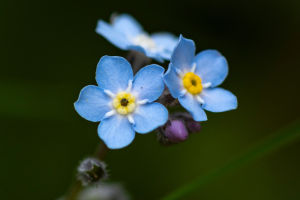Dear Lykkers, you know as a gardener, there’s something undeniably satisfying about cultivating tulips.
With their bright colors and elegant petals, tulips add a burst of vibrancy to any garden, signaling the arrival of spring.
Choosing the Right Tulip Varieties
Classic Single Early Tulips
For gardeners who want a timeless touch, Single Early Tulips are a great choice. They bloom early in the spring and offer sturdy stems with vibrant colors. These tulips stand up well to the unpredictable weather of early spring and make an excellent addition to flower beds.
Exotic Parrot Tulips
If you want to add drama and flair to your garden, Parrot Tulips are the way to go. With their ruffled, flamboyant petals and bold patterns, these tulips are real showstoppers. However, they are more delicate than other varieties and may require sheltered planting spots.
Tips for Planting Tulips
Timing is Everything
When it comes to tulips, the key is to plant the bulbs at the right time. Tulips thrive when planted in the fall, before the ground freezes. Planting them about six to eight inches deep ensures that they survive the winter and bloom beautifully in the spring.
Soil and Sunlight
Tulips prefer well-drained soil and full sunlight. As a gardener, you should ensure that the soil is not too heavy, as tulip bulbs may rot in overly moist conditions. If the soil in your garden retains too much water, consider adding some sand or compost to improve drainage.
Maintaining Tulip Beds
Mulching for Protection
After planting tulip bulbs, mulching is essential to protect them during the colder months. A layer of organic mulch, such as shredded leaves or bark, will help insulate the bulbs and prevent soil erosion.
Watering Wisely
Tulips don’t require much watering once they’re established. However, ensuring the bulbs are adequately watered after planting is crucial. Overwatering can lead to bulb rot, so always check that the soil is moist but not soaked.
How Flower Farmers Plant Tulips For Cut Flowers
Video By You Can't Eat The Grass
Dealing with Pests and Problems
Protecting Tulips from Pests
Tulips, unfortunately, attract a variety of garden pests, including squirrels and deer. As a gardener, you may want to use mesh or netting to protect the bulbs from being dug up. Additionally, repellents can help keep larger animals at bay.
Preventing Disease
Tulips are prone to fungal diseases, such as Botrytis, which can cause the bulbs to rot. The best way to prevent these issues is to ensure good air circulation around your tulips and avoid overwatering. If you notice any diseased plants, remove them immediately to prevent spreading.
Gardening with tulips is not just about aesthetics — it’s about the experience of nurturing a plant that has been cherished for centuries. Whether you’re planting a small bed or filling an entire garden, tulips will always reward you with their unparalleled beauty and grace.


